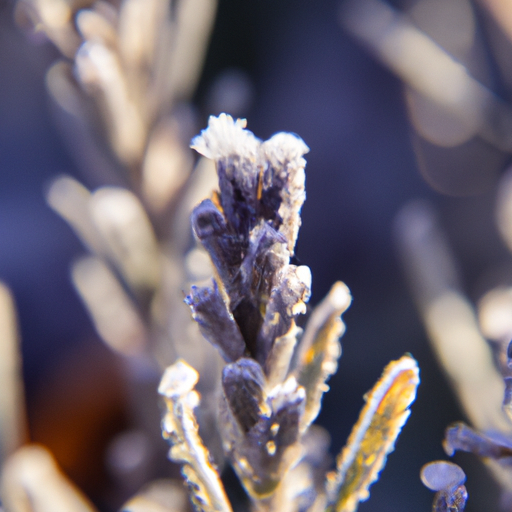Can Lavender Survive the Harsh Canadian Winter?
When it comes to gardening in Canada, one common concern is whether certain plants can withstand the harsh winter conditions. Lavender, with its delicate and fragrant flowers, is a popular choice among garden enthusiasts. But can lavender survive the cold Canadian winter? Let’s find out!
Lavender is a hardy perennial plant that is native to the Mediterranean region. It thrives in warm and sunny climates, making it a staple in gardens around the world. However, Canada’s cold winters can pose a challenge for this delicate herb. So, is it possible to grow lavender successfully in Canada? The answer is yes, but with some extra care and precautions.
Choosing the Right Lavender Variety
Not all lavender varieties are created equal when it comes to cold tolerance. Some varieties, such as English lavender (Lavandula angustifolia) and French lavender (Lavandula stoechas), are more cold-hardy and can withstand freezing temperatures better than others. It is essential to choose the right variety that is suitable for your specific Canadian region.
Planting and Location
Proper planting and location are crucial for lavender’s survival during the winter months. Lavender plants require well-draining soil to prevent waterlogging, which can lead to root rot. Before planting, amend the soil with organic matter, such as compost, to improve drainage. Additionally, choose a location that receives full sun exposure for at least six hours a day.
Winter Protection
Even with the right lavender variety and proper planting, some additional winter protection measures are necessary to ensure its survival. Here are a few tips:
- Mulching: Apply a layer of organic mulch, such as straw or wood chips, around the base of the lavender plants before the first frost. This will help insulate the soil and protect the roots from freezing temperatures.
- Pruning: In late fall, trim the lavender plants back to about one-third of their original size. This will prevent snow and ice from weighing down the branches and causing damage.
- Winter Cover: For extra protection, consider covering the lavender plants with burlap or a frost cloth during severe cold snaps. This will shield them from harsh winds and extreme temperatures.
Monitoring and Care
During the winter months, it’s essential to monitor the lavender plants regularly. Check for signs of dehydration or frost damage. If the soil is dry, provide a deep watering to ensure the roots stay hydrated. Avoid overwatering, as this can lead to root rot.
In the spring, once the threat of frost has passed, remove any winter coverings and gently prune the lavender plants to encourage new growth. Resume regular watering and fertilizing to support healthy development throughout the growing season.
Conclusion
While lavender may not be naturally suited to Canada’s cold winters, with the right variety selection, proper planting techniques, and winter protection measures, it is possible to grow lavender successfully in Canadian gardens. By following these guidelines and providing the necessary care, you can enjoy the beauty and fragrance of lavender all year round.




